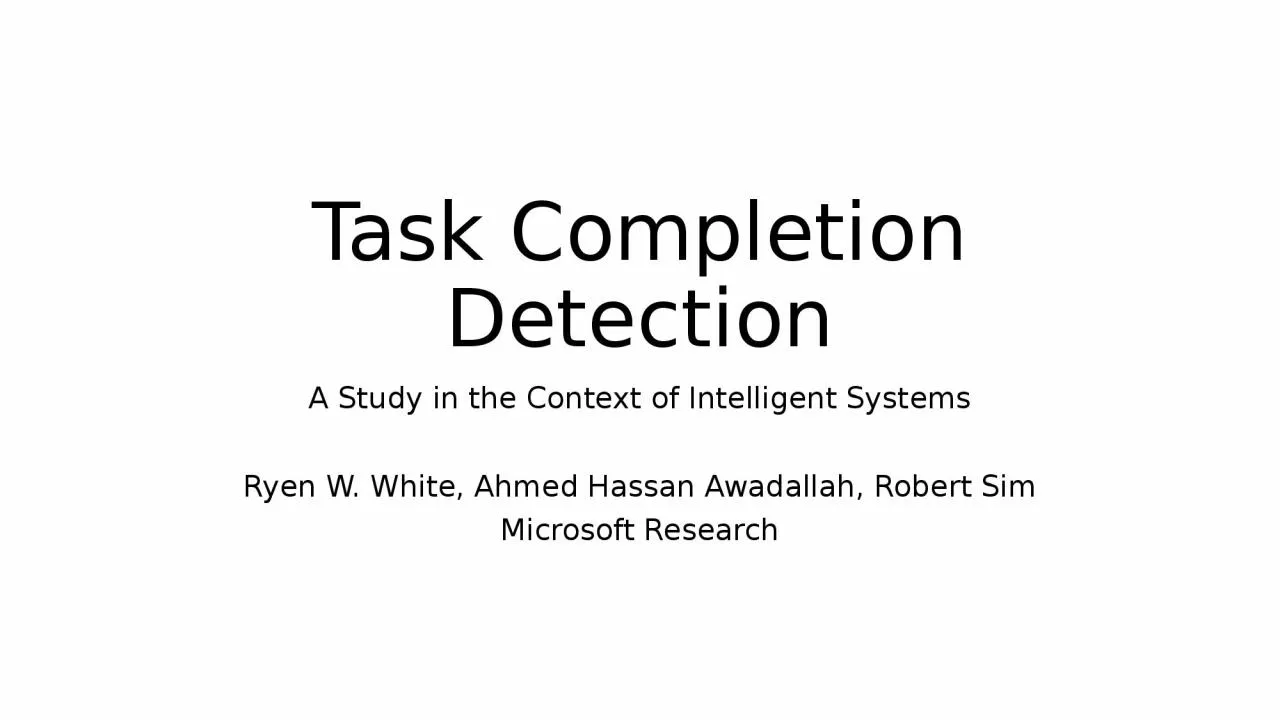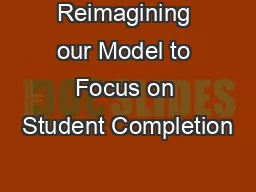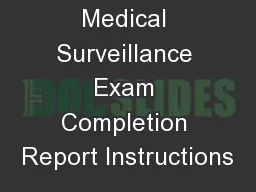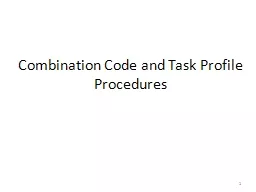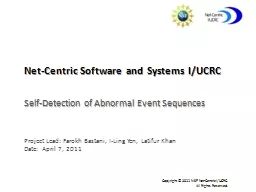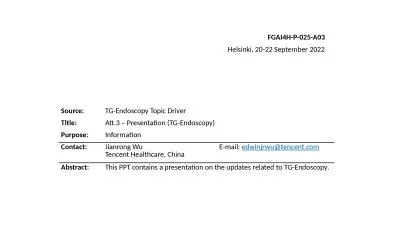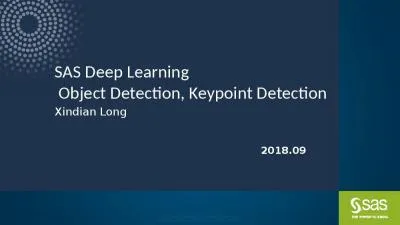PPT-Task Completion Detection
Author : delcy | Published Date : 2023-06-24
A Study in the Context of Intelligent Systems Ryen W White Ahmed Hassan Awadallah Robert Sim Microsoft Research Challenges in Task Management Intelligent systems
Presentation Embed Code
Download Presentation
Download Presentation The PPT/PDF document "Task Completion Detection" is the property of its rightful owner. Permission is granted to download and print the materials on this website for personal, non-commercial use only, and to display it on your personal computer provided you do not modify the materials and that you retain all copyright notices contained in the materials. By downloading content from our website, you accept the terms of this agreement.
Task Completion Detection: Transcript
Download Rules Of Document
"Task Completion Detection"The content belongs to its owner. You may download and print it for personal use, without modification, and keep all copyright notices. By downloading, you agree to these terms.
Related Documents

